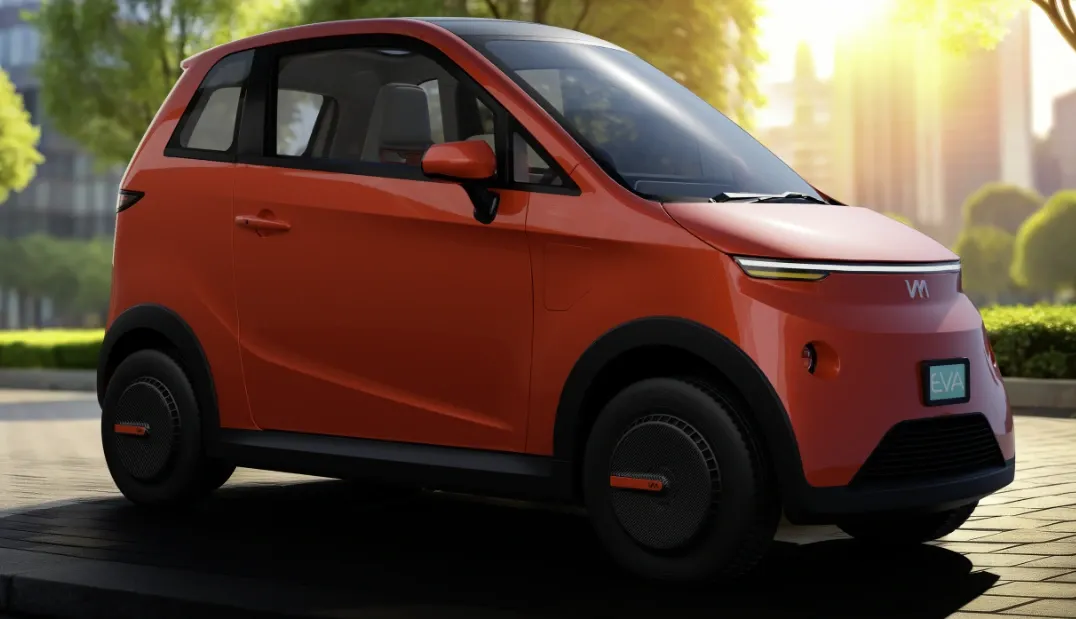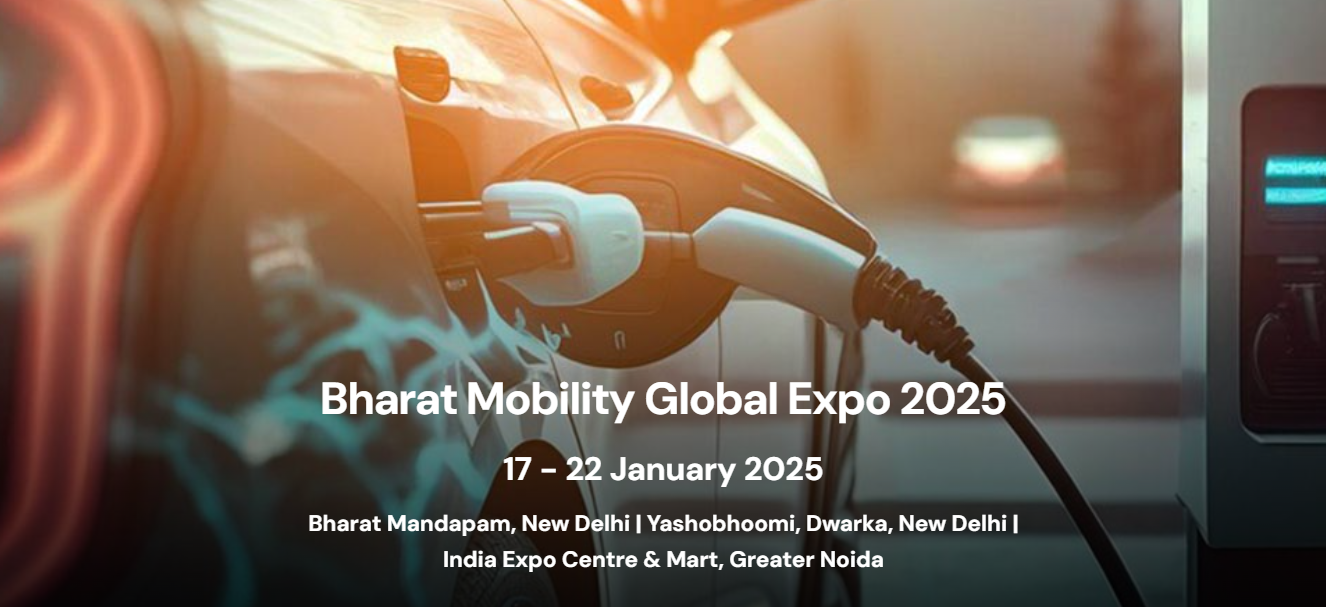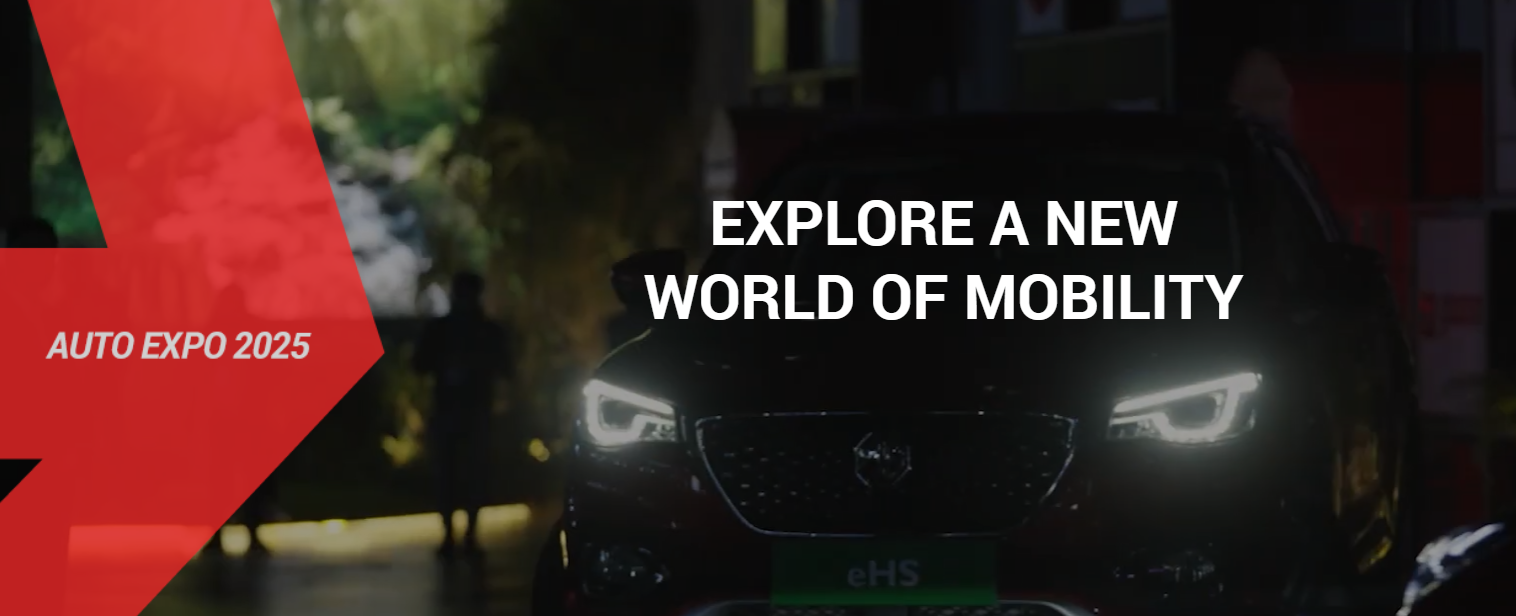Norway is set to become the first country to fully transition to electric vehicles. The Nordic Nation is going to eliminate the sales of petrol and diesel engine cars from its car market, shifting entirely to electric vehicles. Nine out of every ten cars sold in Norway in the last year was electric. Data released by the Norwegian Road Federation (OFB) showed that pure electric vehicles accounted for 88.9% of all new passenger cars sold in the year 2024, up from 82.3 percent in 2023.
Replacing of fossil fuel cars
Norway is the biggest example showcasing, beyond doubt, that transition to zero-emission transportation is possible. It demonstrates to the whole world that “electric cars can replace cars powered by gasoline and diesel and be an important contribution in the fight to reduce CO2 emissions,” said Christina Bu, head of the Norwegian EV Association in a statement.
2025: Zero-emission goal
In Norway, the number of electric vehicles per capita has seen a remarkable progress over the past four decades. Since the early 1990s, successive governments in power and political coalitions have gradually introduced comprehensive packages of incentives to accelerate the country’s transition to cleaner transportation. The Norwegian parliament has set a national goal that all new cars sold by 2025 should be zero-emission.
“With a 96 percent electric car share in the first month of the year, there is reason to celebrate.“
— Christina Bu, Secretary General, Norwegian Electric Vehicle Association
Car tax and incentives
The vast oil reserves in Norway played a crucial role to boost the national economy and contributed to the creation of the world’s largest sovereign wealth fund. This financial strength helped Norway accelerate the e-mobility revolution by offering incentives for faster adoption of electric vehicles.
Norway introduced a car taxation policy based on the principle of ‘polluters pay’, coupled with a wide range of incentives for the EVs. Vehicles with higher emissions will pay higher taxes, while the vehicles with lower emissions will pay lower taxes. The imposition of higher taxes on fossil fuel cars accelerated the growth of zero-emission vehicles. Additionally, petrol and diesel cars also encountered higher registration taxes which structurally incentivized the purchase of electric vehicles. For a long time, Norway exempted EV purchases from VAT. As of now, new EV purchases enjoy a 25 percent VAT exemption only on the first 500,000 Norwegian kroner of the car’s price.
Other user benefits
Other than tax incentives, the Government has also introduced several user benefits to accelerate EV adoption, such as allowing counties and municipal authorities to charge a maximum of 70 percent of the toll road price for fossil fuel cars, offering parking discounts and granting EV access to bus lanes.
The below table depicts a glimpse of Norwegian EV incentives over the years.
Norwegian EV incentives
| Items | Incentives | Status |
| Purchase/import tax | Nil(1990-2022) | From 2023 some purchase tax based on the cars’ weight on all new EVs. |
| 25% VAT on purchase | Exempted (2001-2022) | From 2023, a 25% VAT on the purchase price from 500,000 Kroner and over. |
| Annual road tax | Nil(1996-2021) | Full tax from 2022. |
| Toll tax | Nil(1997-2017) | Maximum 50% of the total amount on toll roads (2018-2022). From 2023 70% |
| Ferry charge | Nil(2003-2017) | Maximum 50% of total ferry fares for electric vehicles (2018) |
| Municipal parking | Free(1999-2017) |

Boost in charging infrastructure
The increase in electric vehicle adoption requires adequate fast-charging infrastructure. The Norwegian Government has also made significant investments in public charging infrastructure so that the EV owners can charge their electric cars at home. In December 2022, the government introduced a national charging strategy for the expansion of public fast charging stations. By the end of 2024, Norway had deployed over 9000 public fast-charging points for light vehicles.
National Transport Plan 2025-2036
The Norwegian government has set targets for reducing emissions from road transport. These targets are laid out in the National Transport Plan 2018-2029 and reaffirmed in the National Transport Plan 2025-2036. Key targets for zero-emission vehicles include:
- By 2025 all new cars and light vans should be zero-emission.
- By 2025 all new city buses should be zero-emission or biogas.
- By 2030 all new heavy vans, 75% of long-distance buses and 50% of new lorries should be zero-emission.
- By 2030 most goods should be distributed emission-free in urban areas.
All these targets will only be possible if zero-emission transport becomes as competitive as fossil fuels through technological develoments.
What to learn
Norway has become a global standard for electric vehicles. It has shown that transition to zero-emission transportation is practical, if led by strong government policies, financial incentives and strategic investment in charging infrastructure. The nation’s success story shows that policy-driven change, technology and public acceptance are key to the global switch to cleaner mobility.










